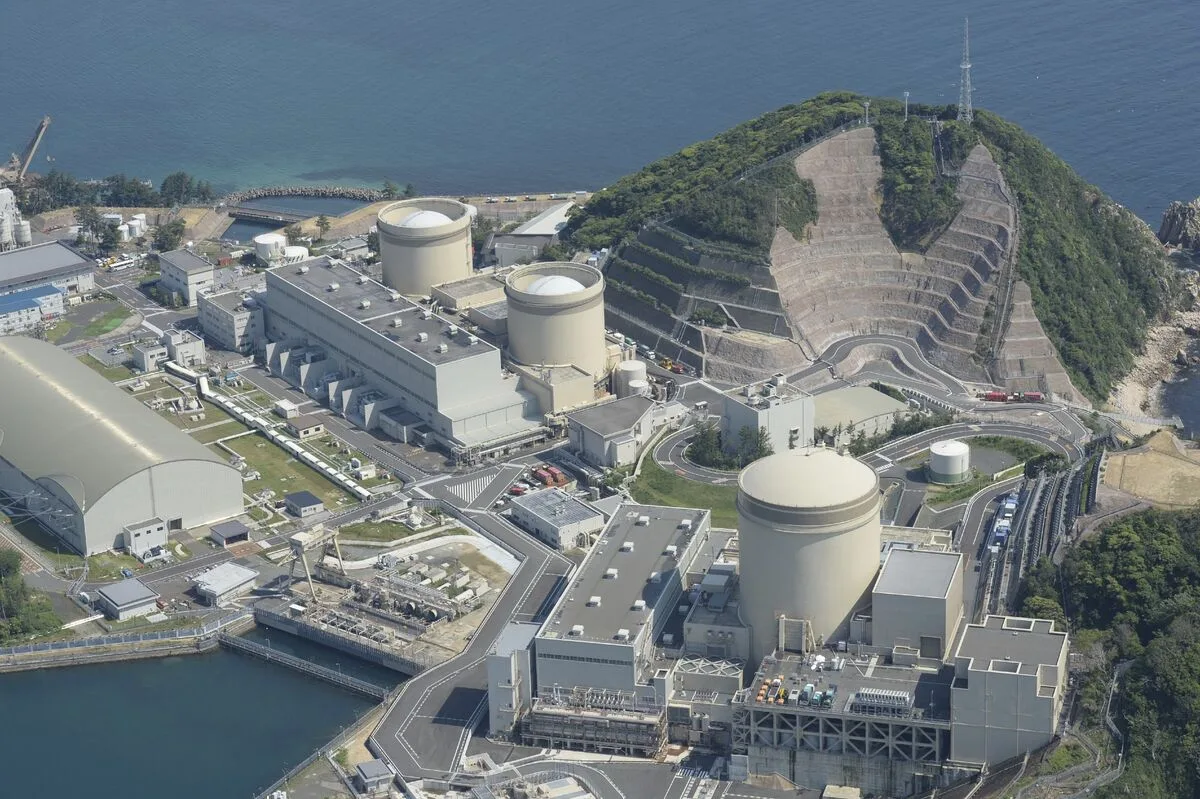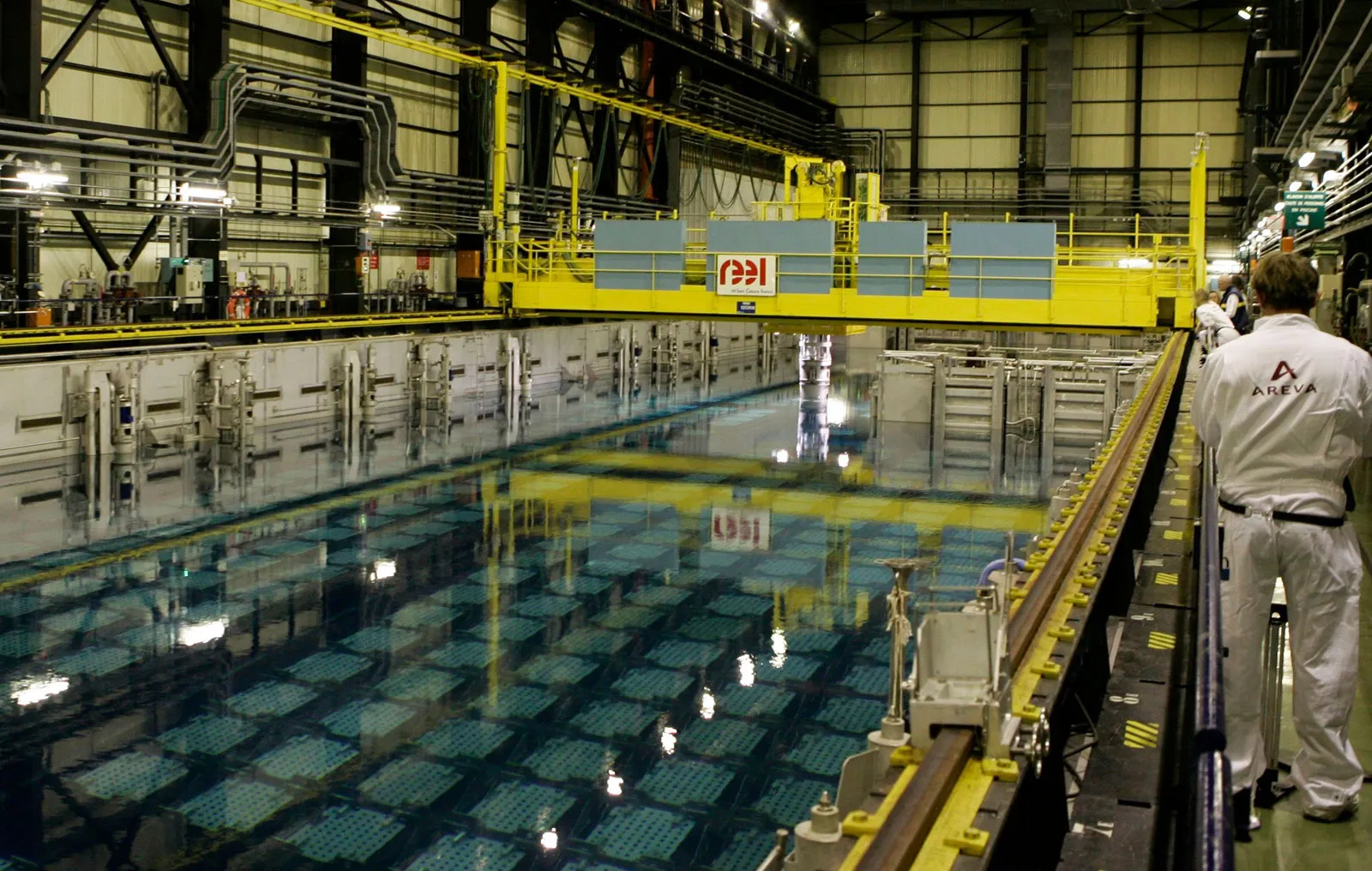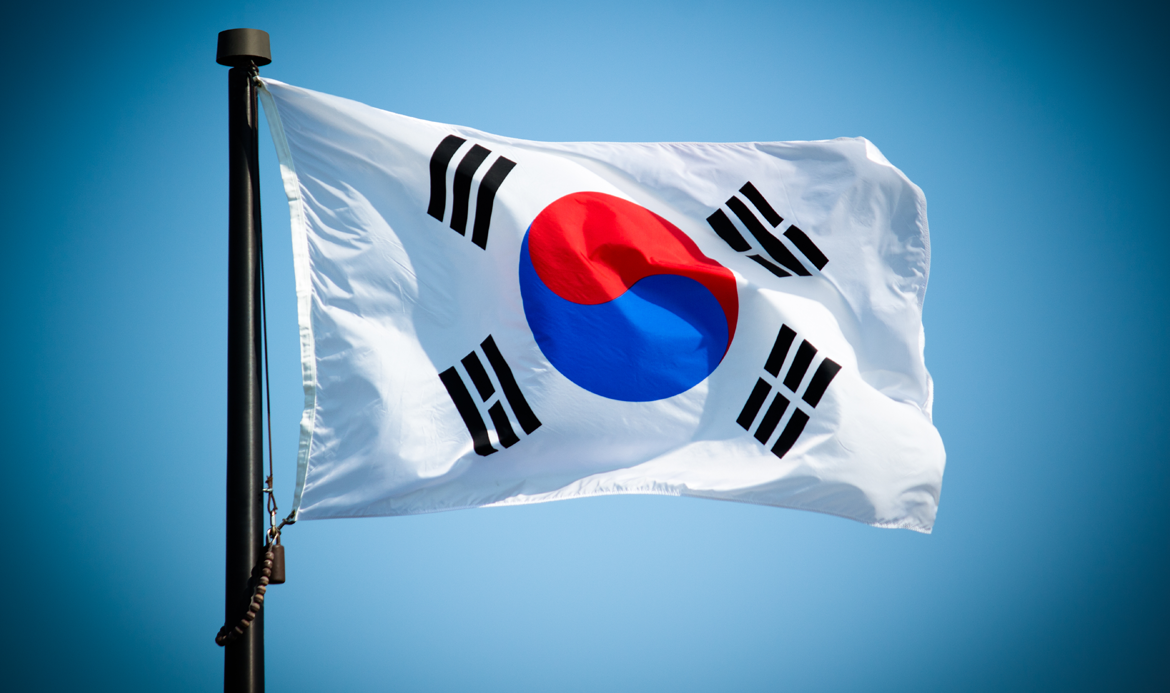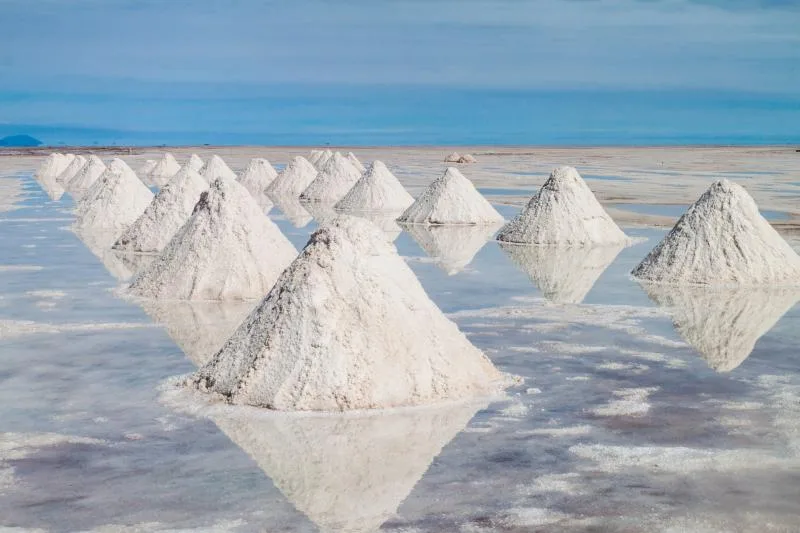Japan has announced it has restarted its first nuclear reactor since 2021, with the Kansai Takahama No. 1 reactor now back online after 12 years.
It’s Japan’s oldest reactor and the 11th Japanese nuclear reactor to come back to service after the 2011 Fukushima tsunami.
The No. 2 reactor is due to restart in mid-September.
There are up to 40 commercial reactors in Japan that could see restarts in the next few years.
Japan’s return to nuclear energy has been a long time coming, with the nation reliant on energy imports, particularly from the Middle East and Australia.
LNG imports have started to reduce dramatically, falling 20% in May 2023. As Japan brings back more reactors online, Reuters reports.
Japan recently warned Australia that it was no longer a “reliable” partner for natural gas, and will source any required LNG from other suppliers, namely Qatar and the US. Australia’s centre-left government is under pressure to reduce exports of fossil fuels.
The government of Japan has been looking at major new initiatives to speed up the return of idled nuclear reactors, as the country moves to a full nuclear fleet.
Japan has experienced severe energy spikes since Russia’s invasion of Ukraine and has been scrambling to get nuclear reactors back online as soon as possible.
Reports earlier this week said Tokyo was looking at multiple ways to speed up the return of nuclear reactors and power the electricity grid with low-cost carbon-free energy.
While Japan has a robust independent nuclear energy regulator, the government wants to accelerate the return of once offline rectors, as the nation grapples with a surging energy price.
One idea being floated by the government is to subsidise nuclear power, plant operators, to implement costly safety upgrades required by the regulator.
Documents from the Japanese Ministry of Economy, Trade and Industry suggest operators can participate in an auction for subsidies to assist the speed up of nuclear’s full return.
The cost of restarting an idle nuclear power plant reactor ranges from US$700 million to US$1 billion per unit, regardless of reactor size or age, one report said.
The subsidies would be one way to expedite the process and encourage a faster return for some reactors.
Recent polling suggests the majority of the Japanese public support nuclear energy, after a major drop in support from 2011 Fukushima tsunami.
Japan’s government has promised to stop achieving carbon neutrality by 2050. In order to do so, Japan will need to secure much of its energy from nuclear.
One report suggested Japan would need to build at least 10 new nuclear reactors to achieve this and extend the life of existing plants beyond 60 years.
Japan’s 54 reactors provided around 30% of the country’s electricity up to 2011.
Since then, reactors had been forced offline mostly due to political concerns. Only a handful of reactors remained online. In 2021, nuclear energy provided just 7.2% of the country’s electricity.
Around 10 of 39 reactors have been approved to come back online by regulators by the start of 2023.






